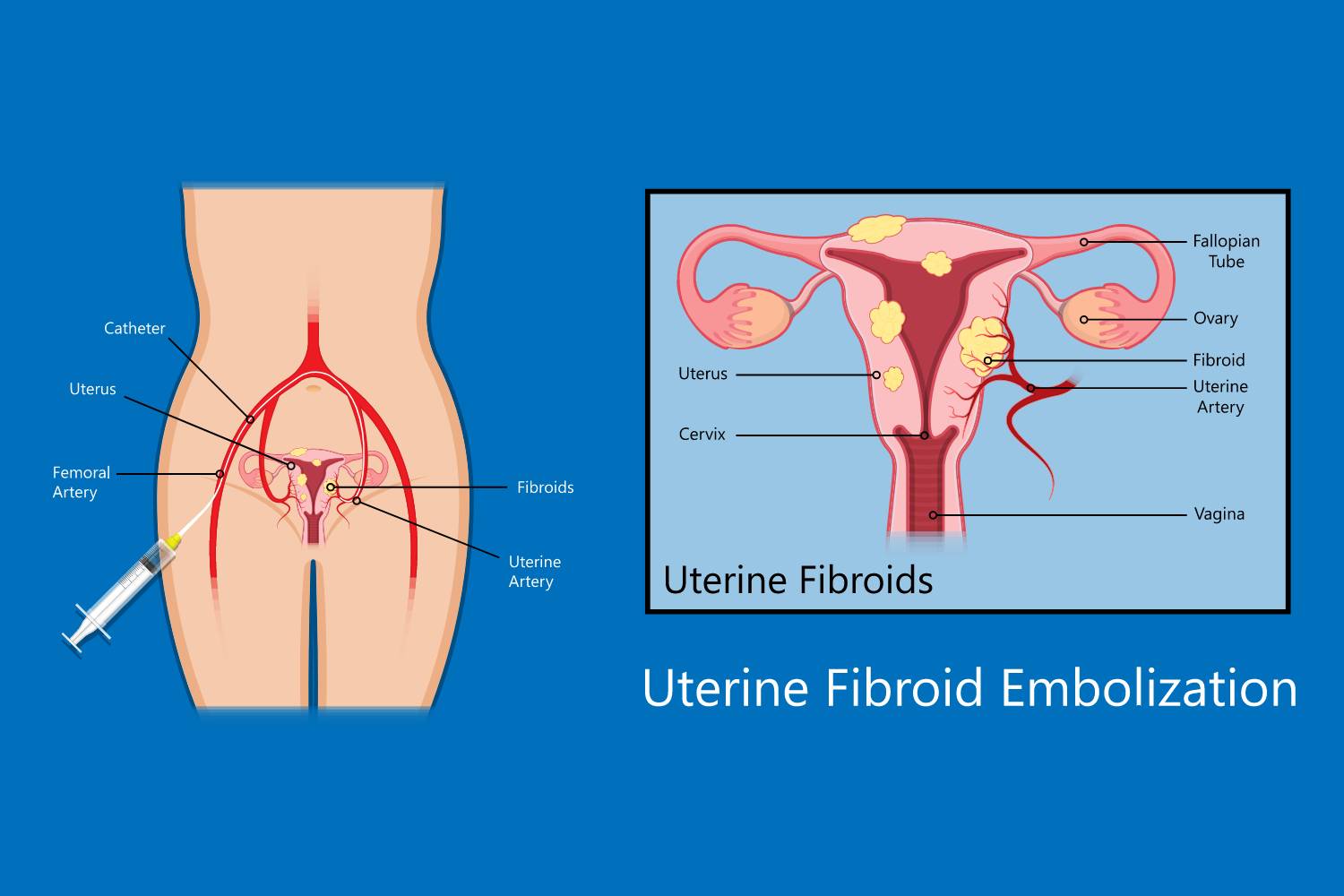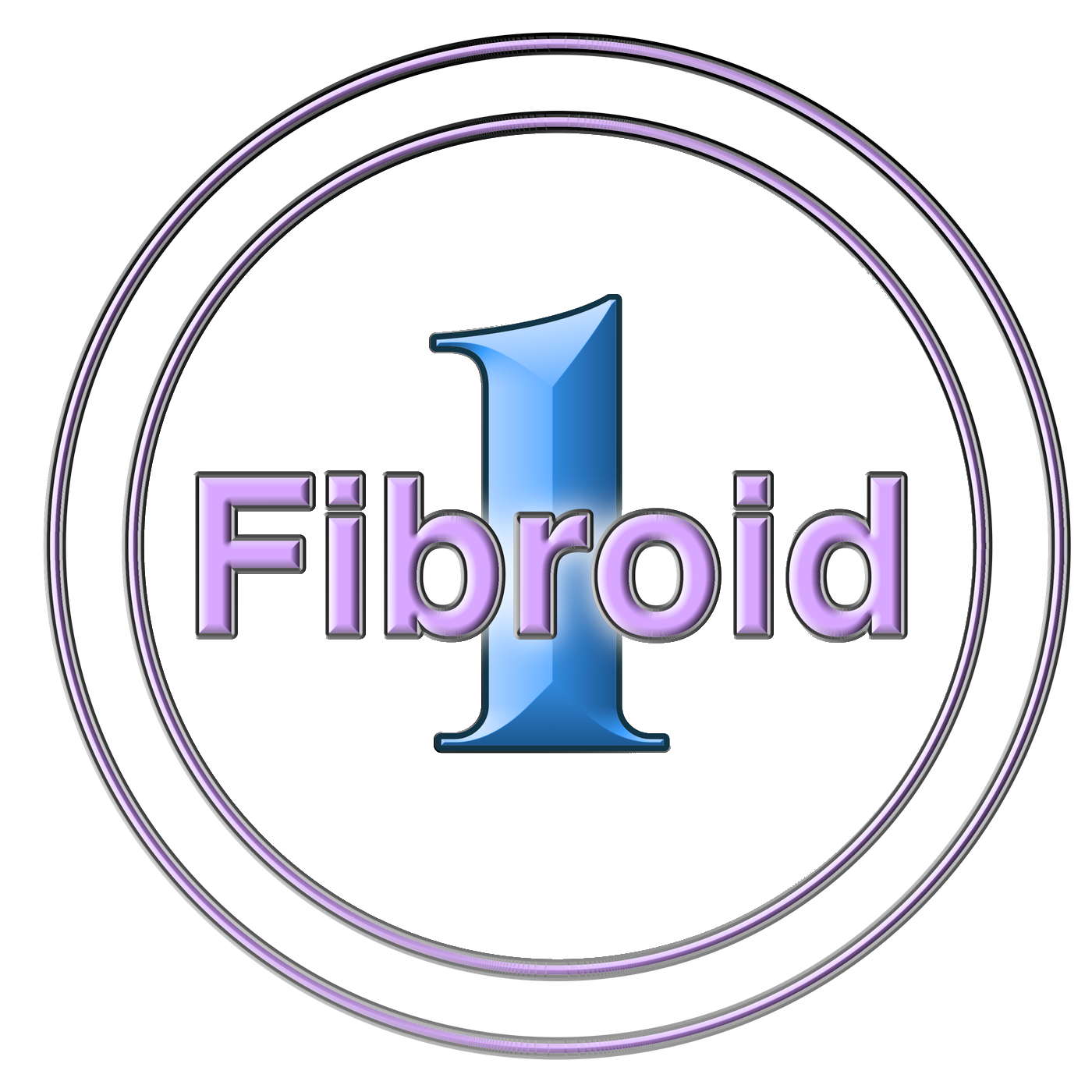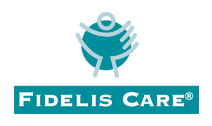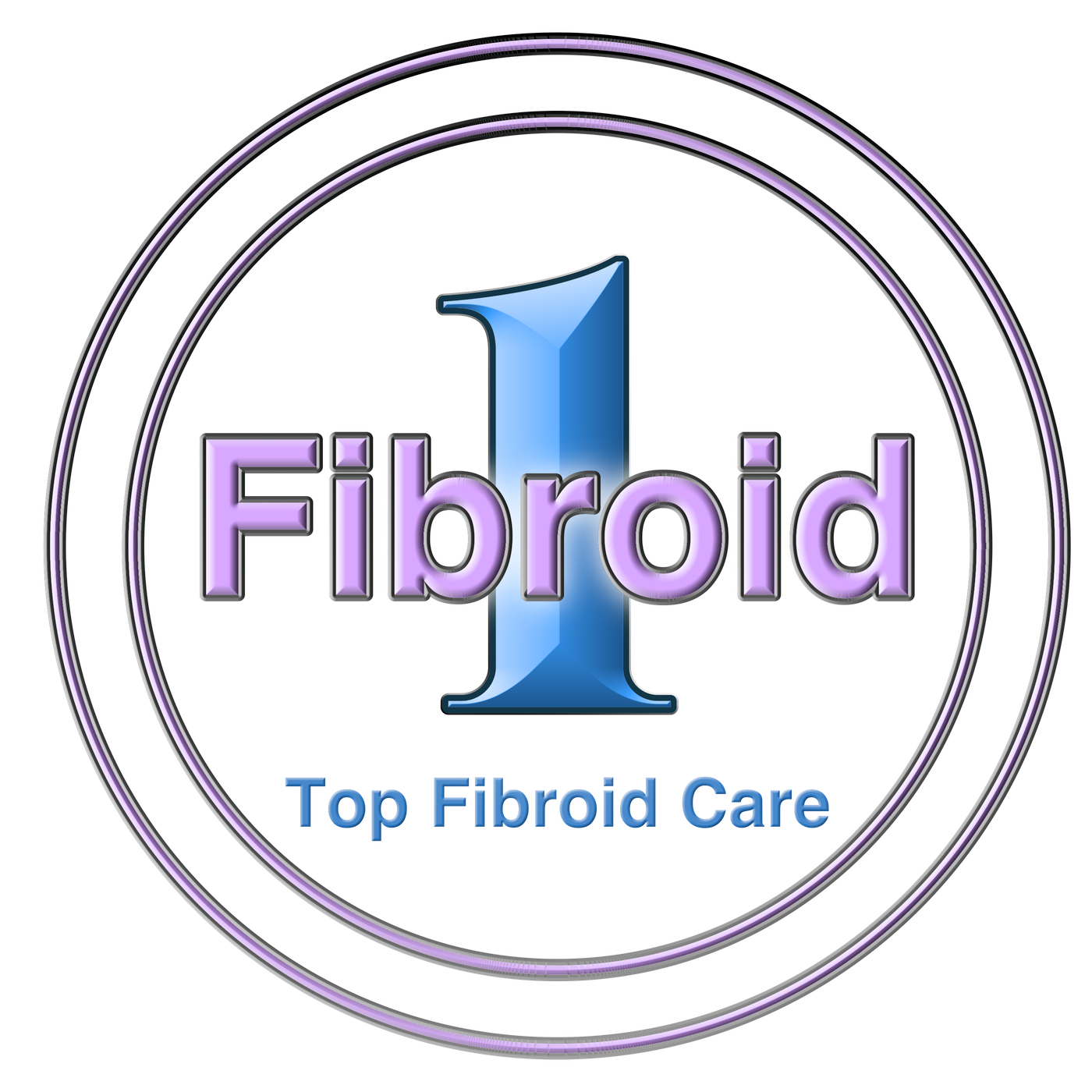Are you a woman experiencing pelvic pain or pressure, heavy menstrual bleeding, frequent urination, and/or constipation? If so, it’s possible you may be suffering from uterine fibroids. Uterine fibroids are growths that appear in the uterus and are fairly common for women of reproductive age. In cases where symptoms are present or severe enough to interfere with an individual’s life, there is one main treatment option that is commonly recommended. This option is known as Uterine Fibroid Embolization (UFE). In order to know if this procedure is right for you, let’s break down more about what exactly UFE involves and how it could potentially benefit those plagued by uterine fibroids.
Understanding Uterine Fibroid Embolization (UFE) – What is UFE and what are the benefits of this minimally invasive procedure

Uterine Fibroid Embolization (UFE) is a minimally invasive, outpatient procedure used to treat symptomatic uterine fibroids. The procedure is performed under local anesthesia and takes around 1-2 hours to complete. Patients usually go home on the same day and can return to their normal activities within a few days. To perform UFE, a physician inserts a small catheter in the femoral artery and guides it to the uterus using real-time x-ray imaging. Once in position, small particles are released through the catheter and cut off the blood supply to the fibroids, effectively disrupting their growth.
Benefits of UFE include:
- no need for incisions
- shorter recovery time than traditional surgery (hysterectomy or myomectomy)
- fewer postoperative complications such as pain or bleeding
- less scarring
- decreased risk of infertility
For those suffering from overwhelming symptoms caused by uterine fibroids, UFE may be an ideal treatment option with its low risks and fast recovery period. In fact, 9 out of 10 people noted a significant improvement in their symptoms after UFE. Some symptoms even went away entirely.
Evaluating your Options
When deciding on treatment for uterine fibroids, there are a few different options to consider. These can include:
- Observation: If symptoms are mild and do not interfere with day-to-day life, a wait-and-see approach may be recommended.
- Medication: Depending on the severity of the fibroids, a doctor may suggest taking an oral contraceptive to reduce bleeding or other medications to control pain. It is important to note that medications cannot eliminate fibroids, however they may be able to shrink them. Additionally, medications can be used to manage symptoms.
- Myomectomy: A surgical procedure to remove only the fibroids, leaving behind the rest of the uterus. This can be done through traditional surgery or laparoscopically.
- Hysterectomy: This is the complete removal of the uterus and is generally recommended for women who are done having children.
While surgery is effective in treating fibroids, it is an invasive approach. With its efficiently effective results combined with safe outcomes and fewer post-procedure risks than surgery, UFE may be an ideal choice for those dealing with symptomatic uterine fibroids.
So, is UFE right for you?
The answer depends on several factors. Firstly, the size and location of your fibroids are important. UFE is generally most effective for women with multiple fibroids that are small to medium-sized. If you have very large fibroids or fibroids that are located outside of the uterus, UFE may not be a good option for you.
Secondly, your age and reproductive plans are important factors to consider. UFE can be a good option for women who have completed their family or do not plan to have children, as the procedure may impact fertility. However, some women who have had UFE have been able to have children. Nevertheless women who want to preserve their fertility should discuss this with their doctor prior to undergoing UFE.
Thirdly, your overall health and medical history are important factors to consider. UFE is generally safe, but there are some potential risks associated with the procedure, including infection, bleeding, and damage to nearby organs. Women with certain medical conditions, such as endometrial cancer, an active pelvic infection, or blood-clotting disorders, may not be good candidates for UFE.
Preparing for your Procedure

Uterine fibroid embolization (UFE) is a minimally invasive procedure used to treat the symptoms of uterine fibroids. In order to ensure the best possible outcome, it is important to prepare for this procedure in advance. Before having UFE, you should have a doctor’s exam and discuss your medical history and any conditions that may be of concern. You may also need to get some blood tests and imaging scans, such as an x-ray or ultrasound, to check for any abnormalities or issues before your procedure. After discussing these preliminary matters with your doctor, you should follow their advice about preparing for the procedure on your own – including scheduling time off from work so that you have plenty of time after UFE to rest and recover. Taking proactive steps like these helps ensure that you are ready when the day finally arrives.
Surgery Day – Details of what happens during surgery, recovery time, and aftercare instructions
Going into surgery can be a nerve wracking experience, so it’s important to know what to expect. On surgery day, you will likely arrive early in the morning and be greeted by hospital staff. They will ask you to confirm your name and information before the procedure. Then they may take a few quick tests while you are still awake such as taking your vitals and drawing blood. Once you are ready for the surgery, the anesthesiologist will give medication that puts you asleep until after the surgery is completed. Afterwards, you will be moved to a recovery room to awaken slowly with medical staff monitoring your vitals during this time. Usually within an hour of awakening, you can be discharged. Aftercare instructions may include using cold compresses on wound sites, antibiotics to prevent infection and avoiding strenuous activity until advised otherwise by your doctor. With these tips in mind and proper aftercare instructions followed closely, most surgeries result in a successful recovery with minimal complications.
Risks of UFE
While UFE is considered to be a safe procedure, there are always risks associated with any procedure. These risks are usually mild and include blood vessel damage, bruising or bleeding at the puncture site, and infection.
In Conclusion
UFE is a safe and effective procedure for treating uterine fibroids. It offers women an alternative to other more invasive treatments with minimal disruption. While UFE may carry risks, these are usually minor and temporary. By understanding your options, preparing for the procedure, and discussing any questions or concerns with your doctor, you can make an informed decision about whether this procedure is right for you.












